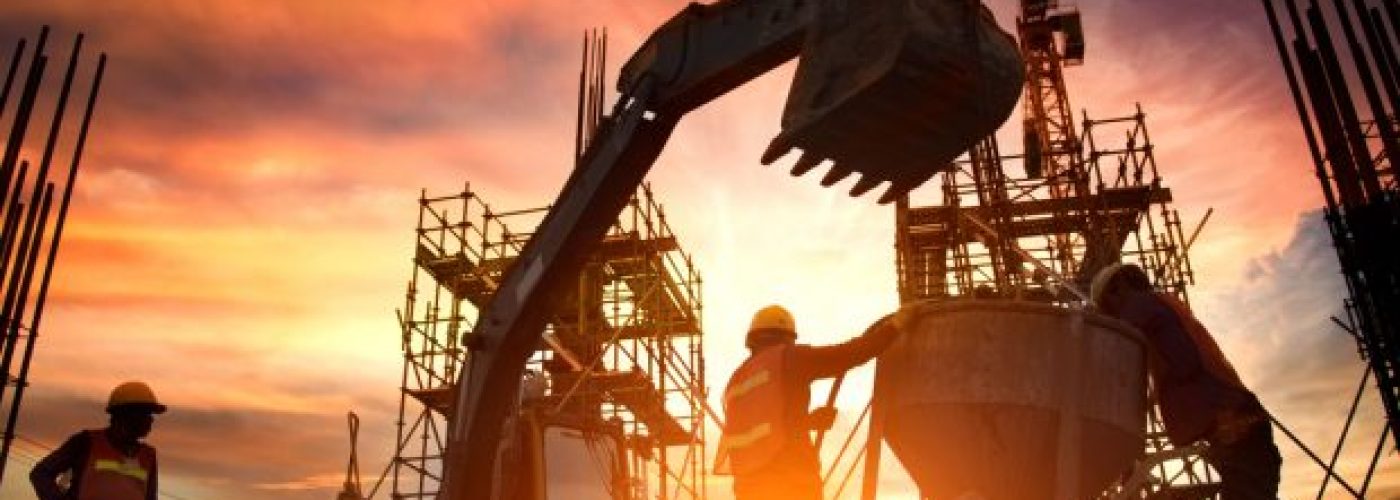With the demand for construction booming, many questions exist in regard to how growth can continue. One of the key issues is the growing demand for construction machinery. This article will explain the demand for new construction machinery along with the obstacles that the industry is facing.
Machinery is in Demand
The demand for construction machinery, such as excavators, bulldozers, cranes, and loaders, is driven by the growth and development of the construction industry. The construction industry is a key driver of economic growth in many countries, including Australia, and the demand for construction machinery is closely tied to the level of investment in infrastructure, residential, and commercial construction projects.
In recent years, the demand for construction machinery has been driven by urbanization, population growth, and increasing investments in infrastructure projects such as roads, bridges, and airports. The growth of the e-commerce industry has also driven demand for warehouse and distribution center construction, which requires specialized machinery.
Additionally, technological advancements such as the development of autonomous construction machinery and the increasing use of telematics in construction equipment have also contributed to the demand for construction machinery. These technological advancements have led to increased efficiency, productivity, and safety in construction operations, making them more attractive to investors.
Overall, the demand for construction machinery is expected to continue to grow as infrastructure development and construction activity continues to expand globally.
Current Supply Chain Challenges Affecting the Industry
The construction machinery industry, like many other industries, has been affected by supply chain issues in recent years. Some of the main supply chain issues affecting the construction machinery industry include:
1. Shortages of raw materials: The global supply chain disruptions caused by the COVID-19 pandemic have led to shortages of key raw materials, such as steel and aluminum, which are used in the manufacture of construction machinery. Common components that are in short supply range from hydraulic cylinders to driveshafts.
2. Transportation disruptions: The pandemic has also led to transportation disruptions, with delays and backlogs at ports and borders affecting the shipment of construction machinery and its parts.
3. Labor shortages: Labor shortages due to COVID-19 restrictions, as well as a long-standing skills gap in the industry, have led to delays in the production and delivery of construction machinery.
4. Chip shortages: The global shortage of semiconductors has also affected the construction machinery industry, as modern construction equipment increasingly relies on electronics and computer systems.
These supply chain issues have led to increased costs and delays in the production and delivery of construction machinery, as well as a backlog in orders. Will this ultimately hamper its growth?
To mitigate these issues, manufacturers have been exploring alternative sourcing options, investing in technology to increase efficiency and reduce the reliance on human labor, and collaborating with suppliers and distributors to optimize their supply chains.
It seems like companies almost always find a way to make due with what’s available. This is a good lesson to learn, but as time goes on it’s expected that supply chain issues will ease. Long term, this is good news for builders and consumers.





